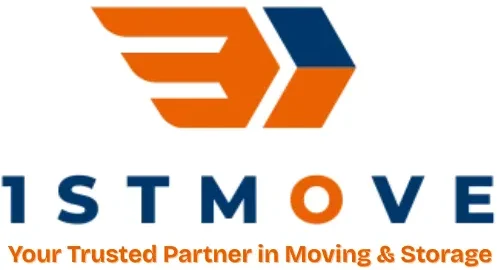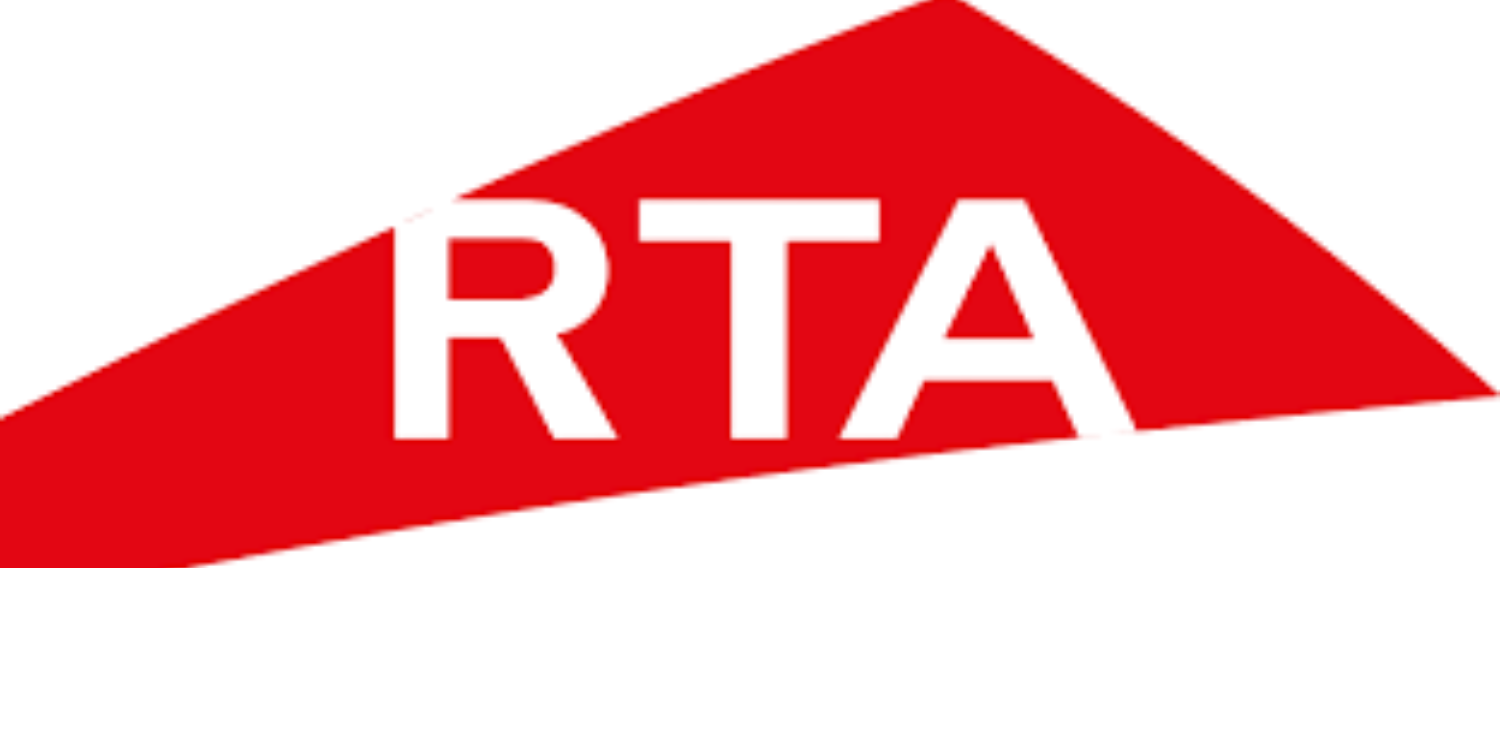Office relocations in Dubai present complex challenges that require systematic planning, precise execution, and comprehensive understanding of local business regulations and logistical requirements. This detailed checklist provides business leaders with essential steps to ensure successful commercial relocations that minimize downtime and maximize operational continuity.
Step 1: Plan Ahead (12-16 Weeks Before Move)
Strategic Timeline Development
Successful office relocations begin with comprehensive long-term planning. Establish detailed timelines that account for all phases of the relocation process, from initial planning through post-move optimization. Dubai’s competitive business environment demands minimal operational disruption, making advanced planning essential.
Create master schedules that coordinate lease negotiations, permit acquisitions, vendor coordination, and employee communications. Buffer time for unexpected delays, particularly during Dubai’s busy seasons when service provider availability may be limited.
Project Team Formation
Assemble dedicated project teams with clearly defined roles and responsibilities. Designate a senior project manager with decision-making authority and establish departmental liaisons who can coordinate specific functional requirements.
Include representatives from IT, HR, facilities, finance, and operations to ensure all business aspects are addressed. Regular team meetings maintain coordination and address emerging challenges proactively.
Initial Budget Development
Develop comprehensive budgets that account for all relocation-related expenses. Dubai office relocations involve multiple cost categories: professional moving services, temporary accommodations, utility transfers, permit fees, and potential renovation expenses.
Include contingency funds of 15-20% to address unexpected costs that commonly arise during complex commercial relocations. Early budget development facilitates vendor selection and service level decisions.
Step 2: Hire Professional Moving Companies (10-12 Weeks Before Move)
Vendor Research and Selection
Dubai’s commercial moving market offers numerous options, but expertise levels vary significantly. Prioritize companies with proven track records in office relocations, proper licensing, and comprehensive insurance coverage.
Verify experience with Dubai’s business districts, understanding of building access requirements, and familiarity with local regulations. Established companies maintain relationships with building management and regulatory authorities that facilitate smooth relocations.
Comprehensive Quote Analysis
Obtain detailed quotes from multiple qualified vendors, ensuring comparisons include identical service parameters. Professional estimates should address all aspects of your relocation including packing, transportation, setup, and specialized equipment handling.
Evaluate service levels beyond basic pricing, considering factors such as project management support, insurance coverage, storage options, and post-move services. Investment in comprehensive services typically proves cost-effective considering potential downtime costs.
Contract Negotiation and Insurance
Negotiate detailed contracts that specify service levels, timelines, responsibilities, and performance standards. Include provisions for delays, damage protocols, and dispute resolution procedures.
Ensure adequate insurance coverage for business equipment, data, and potential business interruption. Review existing business insurance policies to understand coverage gaps that may require additional protection.
Step 3: Detailed Space Planning (8-10 Weeks Before Move)
Comprehensive Space Assessment
Conduct thorough assessments of both current and future office spaces to understand capacity, layout options, and infrastructure requirements. Document current space utilization and plan optimal configurations for the new location.
Consider future growth plans and changing work patterns that may affect space requirements. Dubai’s dynamic business environment often requires flexible space solutions that can adapt to evolving needs.
Floor Plan Development
Create detailed floor plans that optimize functionality, workflow, and employee satisfaction. Include considerations for natural light, traffic patterns, collaboration areas, and privacy requirements.
Coordinate with interior designers or space planners if major reconfigurations are planned. Professional design services can maximize space efficiency and employee productivity in your new location.
Infrastructure Planning
Assess IT infrastructure requirements including network cabling, power outlets, telephone systems, and security equipment. Dubai’s modern office buildings offer excellent infrastructure, but customization may be necessary.
Coordinate with building management to understand available services and any restrictions on modifications or installations.
Step 4: Employee Communication (8-10 Weeks Before Move)
Comprehensive Communication Strategy
Develop communication plans that keep employees informed throughout the relocation process. Regular updates reduce anxiety, maintain morale, and ensure employee cooperation during the transition.
Address common concerns such as commute changes, parking availability, nearby amenities, and workspace assignments. Transparent communication builds trust and facilitates smooth transitions.
Training and Preparation
Provide training on new building systems, security procedures, and emergency protocols. Dubai’s modern office buildings often feature sophisticated systems that require employee familiarization.
Organize site visits for key personnel to familiarize them with the new location and identify potential challenges or concerns.
Change Management Support
Implement change management strategies that help employees adapt to new environments. Consider psychological aspects of relocation and provide support for employees who may struggle with change.
Address practical concerns such as transportation options, lunch venues, and parking arrangements that affect daily work routines.
Step 5: IT Infrastructure and Systems (6-8 Weeks Before Move)
Comprehensive IT Assessment
Conduct detailed inventories of all IT equipment, software licenses, and data systems. Document current configurations and plan optimal setups for the new location.
Coordinate with IT service providers to ensure internet, telephone, and network services are ready when you arrive. Service installation in Dubai’s commercial buildings typically requires advance scheduling and coordination with building management.
Data Backup and Security
Implement comprehensive data backup procedures before any IT equipment is moved. Ensure all critical data is secured through multiple backup methods including cloud storage and physical backup systems.
Plan secure transportation for servers, storage devices, and other sensitive IT equipment. Professional IT moving services provide specialized handling and secure transport for technology assets.
System Testing and Validation
Schedule comprehensive system testing in the new location before full occupancy. Test all network connections, telephone systems, security equipment, and software applications to ensure proper functionality.
Develop rollback procedures in case of system failures or compatibility issues that could affect business operations.
Step 6: Legal and Regulatory Compliance (6-8 Weeks Before Move)
Business License Updates
Update business licenses and registrations to reflect your new address. Dubai’s Department of Economic Development requires address updates for licensed businesses, with specific procedures and potential fees.
Coordinate timing of license updates with actual move dates to maintain continuous legal compliance. Some businesses may require inspections or additional approvals for new locations.
Contract and Agreement Updates
Review and update all business contracts, agreements, and legal documents that reference your business address. Include supplier contracts, customer agreements, insurance policies, and banking relationships.
Notify all stakeholders including clients, vendors, partners, and regulatory authorities of your address change. Professional communications maintain business relationships and prevent service disruptions.
Regulatory Notifications
Inform relevant regulatory authorities of your relocation including taxation departments, professional licensing bodies, and industry-specific regulators. Some authorities require advance notice or post-move confirmations.
Understand any regulatory implications of your new location, particularly if moving between different Emirates or free zones.
Step 7: Efficient Packing and Labeling (4-6 Weeks Before Move)
Strategic Packing Plans
Develop comprehensive packing strategies that prioritize business continuity and minimize disruption. Begin with non-essential items and storage areas, gradually working toward daily-use items.
Create detailed packing schedules that coordinate with business operations and minimize impact on productivity. Consider temporary storage for items not immediately needed in the new location.
Comprehensive Labeling Systems
Implement systematic labeling approaches that facilitate efficient unpacking and setup. Use color-coding, numerical systems, or barcode scanning to track items and ensure proper placement.
Coordinate labeling systems with floor plans and space assignments to streamline the unpacking process. Clear labeling reduces setup time and prevents items from being misplaced.
Specialized Equipment Handling
Identify equipment requiring special handling such as servers, safes, artwork, or sensitive instruments. Professional moving companies provide specialized services for valuable or delicate business equipment.
Document serial numbers, configurations, and current conditions of valuable equipment for insurance purposes and post-move verification.
Step 8: Coordinate Moving Day Logistics (2-3 Weeks Before Move)
Detailed Moving Day Schedule
Create comprehensive schedules that coordinate all moving day activities including building access, elevator reservations, and vendor arrivals. Dubai’s commercial buildings often require advance coordination and specific timing for moving activities.
Include contingency plans for delays, weather issues, or unexpected complications. Buffer time prevents schedule compression and reduces stress during the moving process.
Building Coordination
Coordinate with both old and new building management for access permissions, elevator usage, and loading dock availability. Many Dubai commercial buildings require advance notice and specific procedures for moving activities.
Understand any restrictions on moving hours, noise levels, or building access that could affect your relocation schedule.
Staff Coordination
Assign specific responsibilities to staff members for moving day activities. Include supervision of packing, coordination with movers, and oversight of specialized equipment handling.
Plan staff schedules that minimize business disruption while ensuring adequate oversight of the moving process.
Step 9: Setup and Quality Control (Moving Day and Beyond)
Systematic Setup Procedures
Prioritize setup activities based on business criticality and employee needs. Establish basic functionality first, then focus on optimization and customization.
Coordinate with IT professionals, furniture installers, and other specialists to ensure proper setup of all business systems. Professional setup services prevent equipment damage and ensure optimal configurations.
Quality Assurance and Inspection
Conduct thorough inspections of all delivered items, comparing conditions to pre-move documentation. Document any damage or discrepancies immediately to facilitate insurance claims and service resolution.
Test all systems and equipment to ensure proper functionality before full business operations resume. Address any issues promptly to minimize operational impact.
Employee Orientation
Provide comprehensive orientation for employees in the new location. Include building systems, emergency procedures, security protocols, and available amenities.
Address any concerns or adjustment difficulties promptly to maintain morale and productivity.
Step 10: Post-Move Optimization and Follow-Up (1-4 Weeks After Move)
Operational Assessment
Evaluate business operations in the new location to identify areas for improvement or adjustment. Monitor productivity levels, employee satisfaction, and system performance to ensure optimal functionality.
Address any remaining issues or inefficiencies that may have emerged during the initial settlement period.
Stakeholder Communication
Communicate successful relocation completion to all stakeholders including clients, vendors, partners, and regulatory authorities. Professional communications reinforce business stability and continuity.
Update all marketing materials, websites, and business directories to reflect your new location. Consistent address information prevents confusion and maintains professional image.
Performance Evaluation
Conduct comprehensive evaluations of the relocation process to identify lessons learned and areas for improvement. Document successful strategies and challenges for future reference.
Evaluate vendor performance and provide feedback to moving companies and other service providers. Professional feedback helps improve industry standards and guides future vendor selections.
Continuous Improvement
Implement improvements identified during the post-move assessment period. Address any ongoing challenges and optimize systems and procedures for long-term success.
Plan for future growth and potential relocations based on experience gained from this move. Understanding your business’s specific requirements helps streamline future transitions.
This comprehensive 10-step checklist provides Dubai businesses with essential frameworks for successful office relocations. By following these systematic approaches and adapting strategies to specific business requirements, companies can achieve smooth transitions that maintain operational continuity and support continued business success in their new locations. The investment in proper planning and professional services typically proves worthwhile when considering potential costs of business disruption and employee productivity losses.







